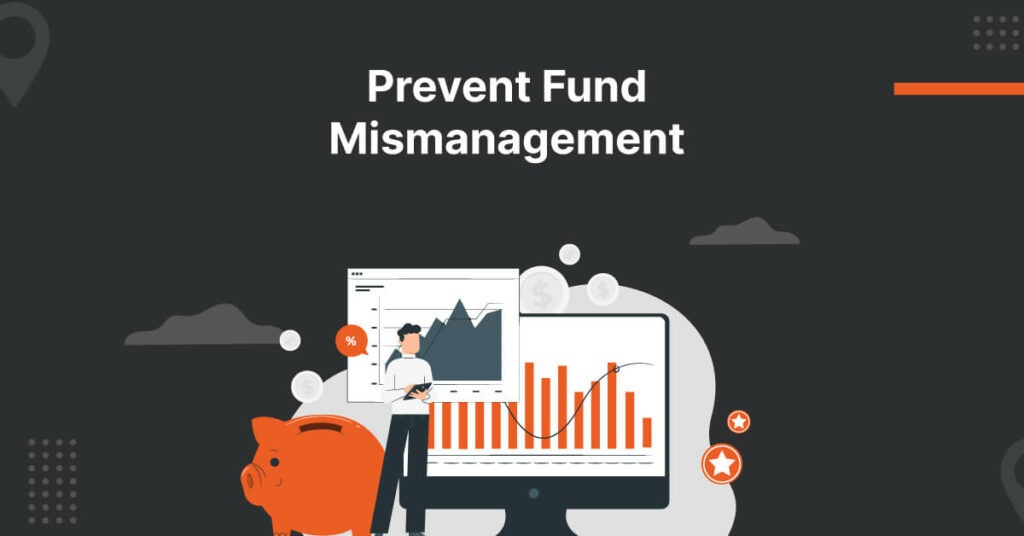
Traveling for business can be an exciting and rewarding experience, but it can also come with a fair share of challenges, including dealing with travel expenses. Business travelers may incur various expenses such as airfare, hotel accommodation, meals, and transportation.
These expenses can quickly become a significant burden for employees if they are not reimbursed on time. On the other hand, travel managers and the finance department must manage multiple expense receipts, which can be a time-consuming and tedious process.
In this blog, we will provide a comprehensive guide to the travel expense reimbursement process. It will help you understand the different types of travel expenses and the crucial role you play in ensuring these expenses are managed effectively, highlighting the importance of the process and its best practices.
What is Travel Expense Reimbursement Process?
Travel expense reimbursement is when an employer/organization compensates their employees for all the travel expenses incurred during a business trip. This includes accommodation, flights, meals, ground transportation, and other business travel-related costs.
Travel and expense reimbursement typically involves employees gathering physical receipts or other necessary documentation to substantiate expenses, compiling these into expense reports, and submitting them to the finance department.
Upon receipt, the finance department or designated approver carefully reviews these reports, deciding to approve or reject them based on company policy and guidelines. The primary purpose of a travel expense reimbursement process is to ensure that employees’ finances are not stressed.
What are the Different Types of Travel Expenses?
During the travel expense reimbursement process, it is crucial for travel managers and the finance department to understand the different types of travel expenses.
The different types of travel expenses are as follows:
1. Transportation Expenses
These expenses include business travelers’ money while traveling to business trip destinations. Claims for flights, taxi fares, train tickets, and similar expenses can be made. Employees using their personal vehicles can also claim fuel, parking fees, and other costs in line with the US mileage reimbursement policy.
2. Accommodation Costs
These costs pertain to employees’ lodging expenses during a business trip. They include charges for hotel rooms, resorts, lodges, Airbnb rentals, and similar accommodations. Reimbursement should align with the company’s travel budget, which depends on the type of trip and length of stay.
3. Client Entertainment and Meals
This category covers expenses related to entertaining or potential clients for business purposes. This might include sightseeing, attending live events such as concerts, or hosting clients at various venues. Meal expenses include food and drinks for business events, whether for clients or employees.
Daily meal expenses for employees are categorized as subsistence or per-diem allowances, and they are reimbursed for food, drinks, and other refreshments.
4. Incidental Costs
These are minor expenses incurred in addition to major costs, such as room service, laundry, or tips. Once employees return from their business trip, they can be reimbursed for these incidental costs.
Why is the Travel Expense Reimbursement Process Important?
The travel expense reimbursement process is important for various reasons:
- Record-keeping: A proper travel expense reimbursement process allows for accurate record-keeping of all expenses incurred by employees during business travel. This helps you maintain correct financial records, which is useful during tax audits and other regulatory inspections.
- Cost control: This process helps control costs by limiting what can be reimbursed and ensuring that employees provide receipts for all their travel expenses. This helps prevent overspending, which can otherwise impact your company’s financial health.
- Policy compliance: Many organizations have policies and regulations regarding travel expenses, such as what can be reimbursed and what documentation is needed. A well-established travel and expense reimbursement process ensures business travelers adhere to policies and regulations, mitigating the risk of non-compliance and potential legal issues.
- Employee satisfaction: A streamlined and efficient travel expense reimbursement process helps boost employee satisfaction. When your employees are reimbursed in a timely and efficient manner, it improves their morale, and they feel valued.
Hence, a robust travel expense reimbursement process is crucial for your business travel management process.
Best Practices for a Seamless Travel Expense Reimbursement Process
Let’s look at some of the best practices travel managers and the CFOs of an organization must follow for a seamless travel expense reimbursement:
1. Have a Robust Expense Reimbursement Policy in Place
The first step is determining an easy-to-follow and clearly explained expense reimbursement policy to distribute amongst your employees.
In the expense or travel reimbursement policy, you must include all important details, such as reimbursable and non-reimbursable travel expenses, guidelines on how the expense claims should be filed and submitted, and the deadline to submit the travel expense receipts.
If employees need pre-approval for specific amenities or purchases on behalf of the organization, ensure this requirement is clearly communicated. A thorough travel reimbursement policy benefits both employees and CFOs by minimizing misunderstandings and simplifying the reimbursement process.
2. Use a Centralized System
A centralized system for tracking and processing travel expenses can help streamline the reimbursement process. This system should be easily accessible by your employees and should allow for easy submission and tracking of expenses.
A centralized system can help ensure that all the necessary information is captured, and travel expenses are approved on time. For example, with the help of expense management software, employees can click pictures of their travel expense receipts and upload them while on the go.
The approver is instantly notified about this expense report which he can approve or reject. This reduces the risk of manual errors and ensures timely reimbursement.
3. Enforce Timely Submissions
Travel managers should enforce the timely submission of travel expense reports so that employees are reimbursed on time. Late reimbursements can cause delays in the travel expense reimbursement process, negatively impacting employee satisfaction.
To enforce timely submissions, you must set a deadline and send out reminders before the deadline. This will ensure employees submit their travel expenses on time, and you get sufficient time to review and reimburse the travel expenses.
4. Verify the Legitimacy of Expenses
One of the most crucial steps that cannot be stressed enough is to verify if the travel expense reports comply with the company policy guidelines. According to a survey, fraud and expense abuse by employees can cost companies around 5% of annual revenue.
Such instances can severely impact your company’s bottom line. With the help of expense management software, you can easily identify duplicate receipts and out-of-policy claims.Therefore, employees and approvers are notified when employees file duplicate/false expenses.
5. Communicate Regularly about the Reimbursement Process
Communication is key to a seamless travel expense reimbursement process. Travel managers should communicate regularly with employees to ensure they understand company travel reimbursement policy and the reimbursement process.
This can help ensure that employees submit expenses correctly and that there are no surprises during the reimbursement process. Regular communication can also help build trust and transparency between you and your employees.
Ensure your Company has a Robust Travel Expense Reimbursement Process
With an effective and efficient travel expense reimbursement process, organizations can maintain accurate financial records, enhance employee satisfaction, comply with tax regulations, and more. This guide will help you with following and implementing the best practices for the travel and expense reimbursement process.
But for this, you may require the help of technology. itilite travel and expense management software allows you to implement a robust travel expense policy, ensure policy compliance, detect fraudulent attempts, and many more. Our expense management software also automates your expense management process by integrating expense filing, approvals, and reimbursements in a single platform.
Request a free demo with our experts to know more about our advanced features.













